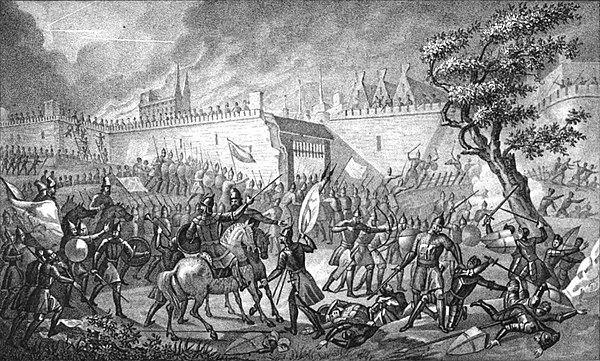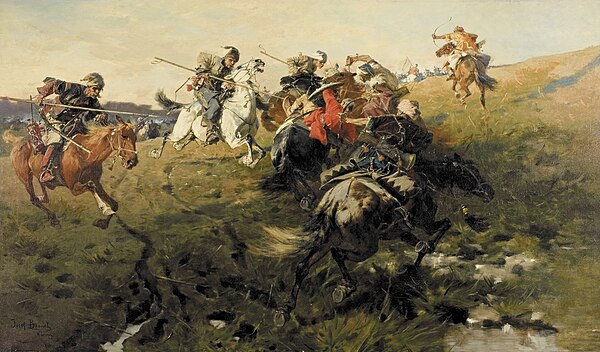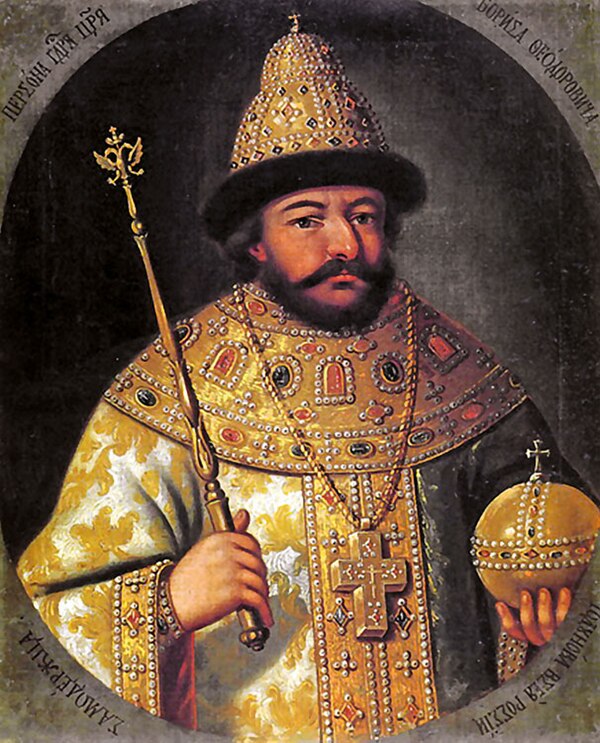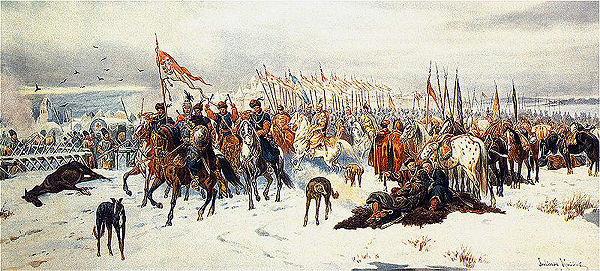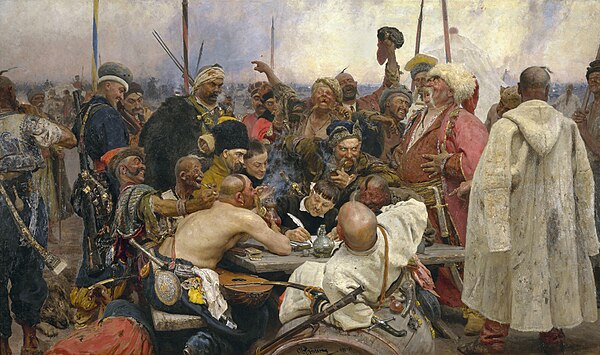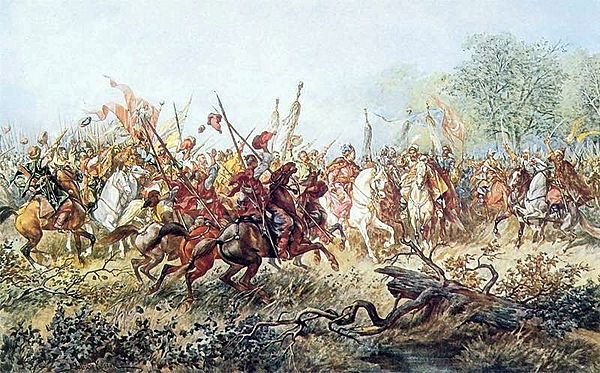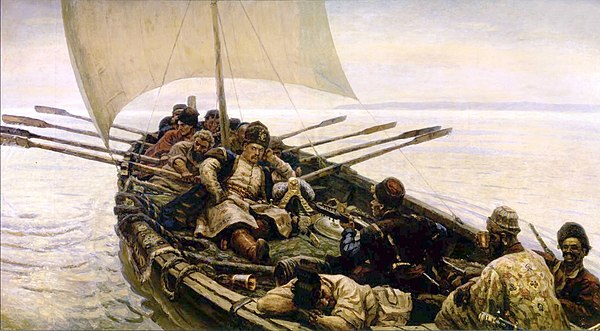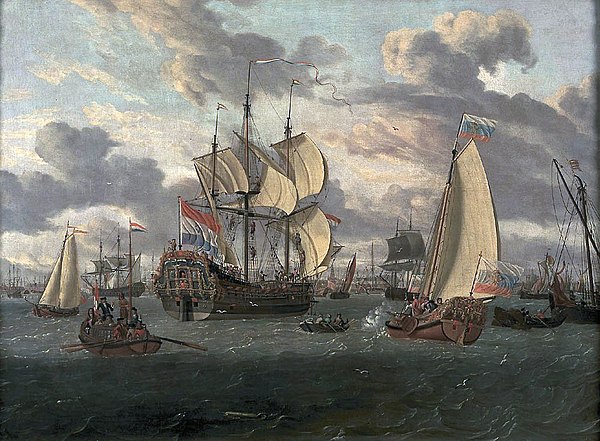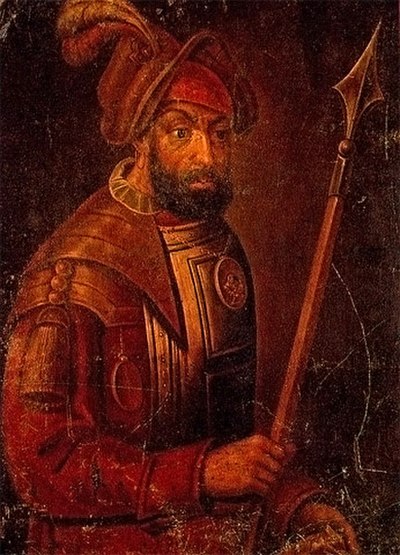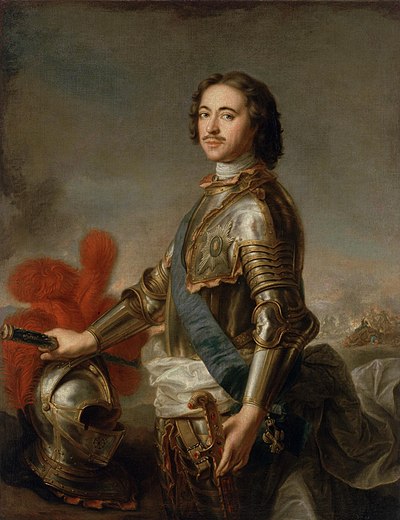
Tsardom of Russia
The Tsardom of Russia was the centralized Russian state from the assumption of the title of Tsar by Ivan IV in 1547 until the foundation of the Russian Empire by Peter I in 1721. From 1551 to 1700, Russia grew by 35,000 km2 per Year. The period includes the upheavals of the transition from the Rurik to the Romanov dynasties, wars with the Polish–Lithuanian Commonwealth, Sweden and the Ottoman Empire, and the Russian conquest of Siberia, to the reign of Peter the Great, who took power in 1689 and transformed the Tsardom into a European power. During the Great Northern War, he implemented substantial reforms and proclaimed the Russian Empire after victory over Sweden in 1721.



